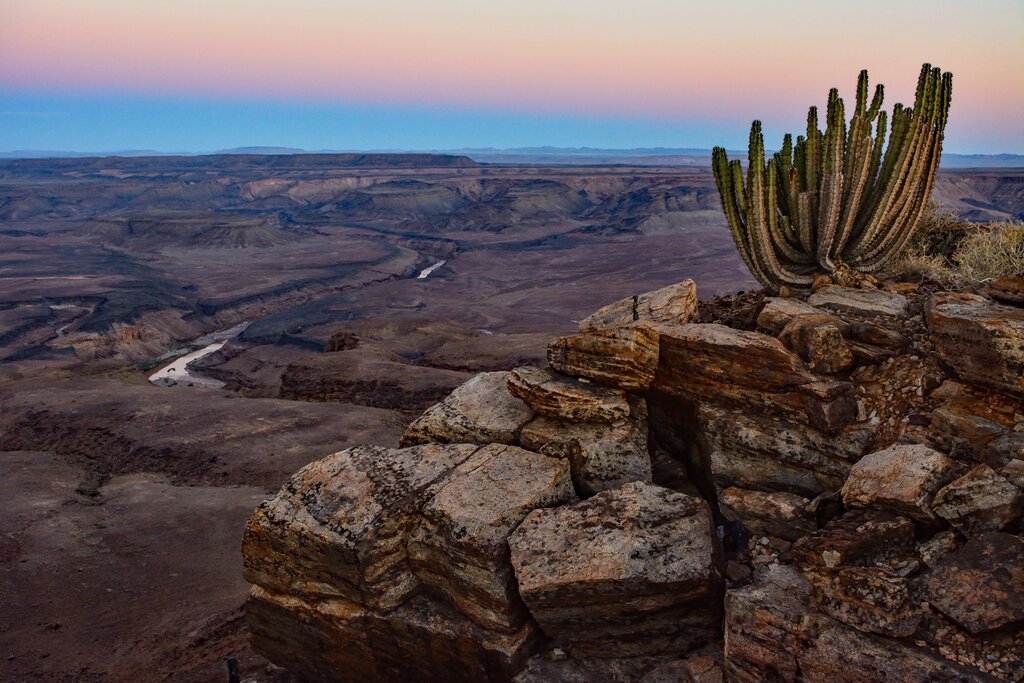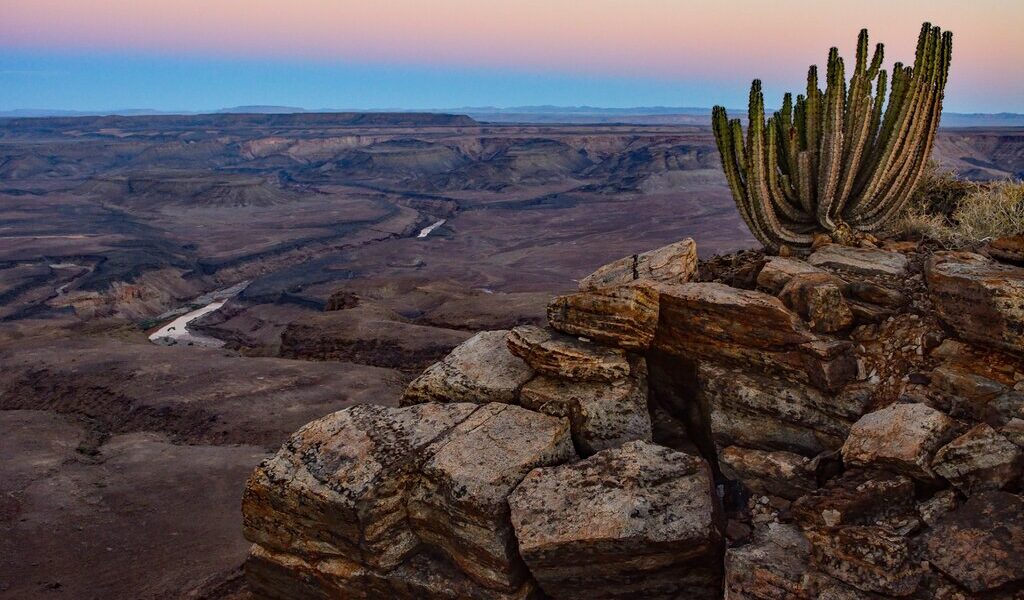
July is midwinter in Namibia and the perfect time to visit the national parks and game reserves. Wildlife spotting, road tripping, and desert hiking are all excellent ways of experiencing Namibia this month. Read on to find out more about where to go and what to do.
## Discovering Namibia in July: A Comprehensive Guide
July in Namibia marks the heart of midwinter, a season that paints the landscape with a unique charm and offers exceptional opportunities for exploration. Located in the Southern Hemisphere, Namibia experiences a distinct climate with regional variations that contribute to its diverse beauty. While the winter season generally brings dry conditions devoid of rain, the average temperatures across most of the country are remarkably pleasant, typically hovering around the 70s Fahrenheit.
However, it’s essential to be aware of the temperature fluctuations that occur in different regions. Higher-altitude areas, such as the capital city of **Windhoek**, tend to experience slightly cooler temperatures compared to the rest of the country. In the vast expanse of the deserts, temperatures can plummet dramatically overnight, reaching as low as 32°F (0°C). The coastal regions, particularly along the dramatic **Skeleton Coast**, maintain a cooler climate than inland areas, with winters characterized by frequent and dense fogs. Therefore, if you plan on embarking on a safari adventure, packing warm clothing is highly recommended, as the early mornings can be surprisingly frigid.
July, along with the rest of the winter months, is considered the peak season for travelers flocking to Namibia. The country’s reputation as a premier safari destination draws numerous visitors, resulting in increased activity within the national park areas throughout the winter. The months from June to August are particularly favored for game viewing, as the vegetation becomes sparser, making it easier to spot wildlife. Additionally, animals tend to congregate around the remaining watering holes, offering excellent opportunities for observation.
Given the popularity of this season, it is crucial to make accommodation bookings well in advance to secure your desired lodging. While Namibia may not be as overwhelmingly crowded as some other East African safari destinations, certain locations, such as **Etosha National Park**, **Swakopmund**, and **Sossusvlei**, experience a significant influx of visitors. Planning ahead will ensure a smoother and more enjoyable travel experience.
**Etosha National Park**, situated in northern Namibia, stands out as one of the most sought-after game areas in the country, renowned as perhaps the best place in all of Africa to observe the elusive black rhinos. Centered around the expansive and salty **Etosha Pan**, the park also boasts a diverse array of wildlife, including graceful flamingoes, majestic elephants, elegant giraffes, stealthy leopards, and distinctive ostriches. Winter is undoubtedly the ideal time to embark on wildlife-spotting safaris within the park, as the animals become more visible due to the less dense vegetation. Visitors can find a range of exceptional accommodations around Etosha, including luxurious tented safari camps that offer an immersive experience in the heart of the African wilderness.
For those seeking a more secluded and intimate wildlife-viewing experience, the **Ongava Private Game Reserve** offers a compelling alternative. Located adjacent to Etosha, this private reserve maintains a low visitor count, creating a more exclusive and personal atmosphere. It is an excellent destination for a more upscale getaway, especially for couples desiring a romantic escape amidst the beauty of the Namibian landscape. The reserve showcases a rich variety of wildlife, including vibrant flamingoes, towering giraffes, and both white and black rhinos.
Whether you have five days or five weeks to dedicate to exploring Namibia, embarking on a road trip is the perfect way to immerse yourself in the country’s diverse landscapes, from the arid deserts to the lush wetlands. Numerous route options cater to various interests and timeframes. A fun and quick weeklong itinerary could begin in **Windhoek** and lead you to the striking red dunes of **Sossusvlei**, which form part of the ancient **Namib Desert**, one of the oldest deserts on the African continent. While in the area, take the time to explore the fascinating **Sesriem Canyon**. From there, head towards **Swakopmund** on the coast, where you can admire the unique German colonial-era architecture, embark on a dolphin-watching excursion, visit the **Walvis Bay Wetlands**, and enjoy a horseback ride along the beach.
For active and adventurous travelers, hiking in Namibia during this season offers an exhilarating experience. While overnight temperatures can drop significantly, the daytime conditions are generally excellent for outdoor activities. **Fish River Canyon** presents a challenging five-day route that follows the course of the second-largest canyon in the world. The hike’s highlights include picturesque sandy river beaches, natural pools for swimming, and unforgettable sunsets that paint the canyon walls in vibrant hues. It’s important to note that hikers must be entirely self-sufficient and embark on their journey in the cool of the early morning. Fish River Canyon is exclusively open for hiking during the winter months.
B-1694

